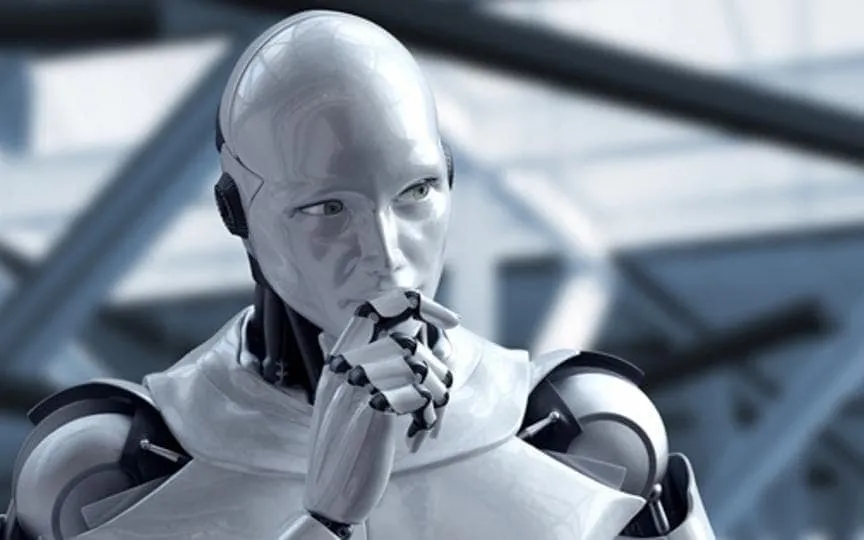Study reveals that a novel artificial intelligence model could potentially aid in the prevention of human sight loss.
A new artificial intelligence (AI) model has been created by researchers to forecast the likelihood of long-term vision loss in individuals with high myopia, which is among the leading causes of permanent blindness in numerous parts of the world.
The team from Tokyo Medical and Dental University (TMDU) said its machine learning model works well in predicting and visualizing the risk of vision loss in the long term.
Machine learning is a type of artificial intelligence that focuses on building information systems that learn from data, allowing software to improve performance over time.
People with extreme nearsightedness (called high myopia) can clearly see near objects but cannot focus on objects far away.
Contacts, glasses, or surgery can be used to correct vision, but high myopia can lead to pathological myopia, the leading cause of blindness.
“We know that machine learning algorithms perform well in tasks such as identifying myopia changes and complications, but in this study we wanted to investigate something different, namely how good these algorithms are at long-term predictions,” said lead author Yining Wang. study author.
A recent study published in JAMA Ophthalmology looked at the visual acuity of 967 Japanese patients at TDMU’s Advanced Clinical Center for Myopia after 3 and 5 years.
The researchers compiled a dataset of 34 variables commonly collected in eye exams, such as age, current visual acuity, and corneal diameter.
They then tested several popular machine learning models, such as random forests and support vector machines. Of these models, the model based on logistic regression performed the best in predicting the deterioration of vision at five years.
However, predicting outcomes is only part of the story, the researchers said.
“It is also important to present the output of the model in a way that is easy for patients to understand and convenient for making clinical decisions,” said study senior author Kyoko Ohno-Matsui.
The researchers used a nomogram to visualize the classification pattern. Each variable is assigned a line whose length indicates its importance in predicting visual acuity.
These lengths can be converted into scores that can be added together to produce a final score that explains the risk of vision impairment in the future, they said.
People who lose their sight permanently often suffer both financially and physically as a result of the loss of independence.
Global productivity loss due to severe visual impairment was estimated to be $94.5 billion in 2019.
Although the model still needs to be evaluated in a larger population, this study has shown that machine learning models have a good potential to help solve this increasingly important public health problem, benefiting both individuals and society as a whole.




